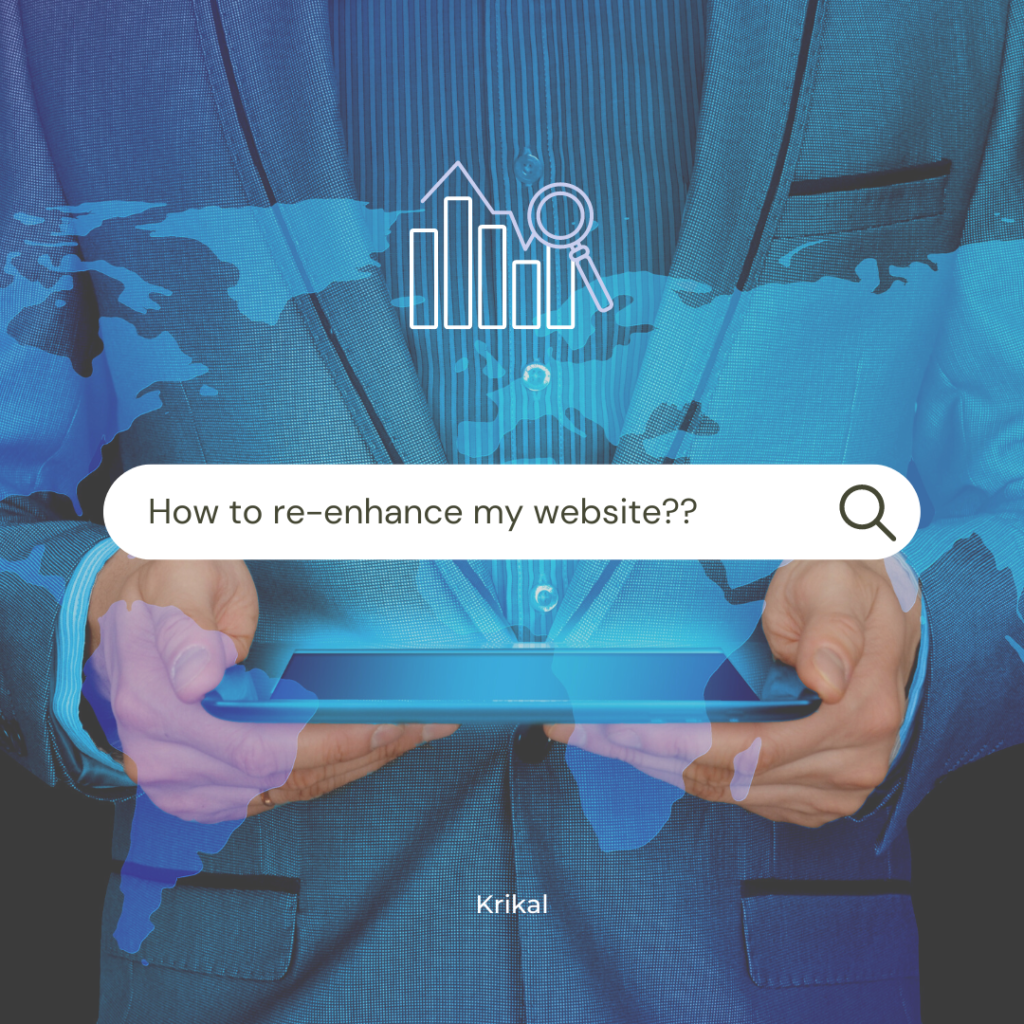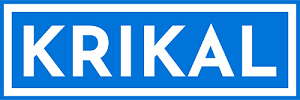CHOOSING AN IoT APP: The Top 5 Most Important Things to Consider

To innovate quickly and keep up with the competition, forward-thinking businesses are investing more and more in IoT app development.
The increased acceptance of IoT technologies is confirmed by the International Data Corporation (IDC). By 2025, there will be 55.7 billion connected Internet of Things (IoT) devices, or “things,” creating up to 80 billion zettabytes (ZB), according to IDC.
It is challenging to create a portfolio of secure and scalable IoT applications, nevertheless. Tech leaders and decision-makers must create an IoT strategy, establish an internal IoT team, and hire the top IoT app development business in order to realize the full potential of the Internet of Things. To begin a seamless transition, it is also crucial for firms to consider the following factors.
Top 5 Considerations for Developing Successful IoT Apps
1. Choosing an IoT OS
The particular limits and characteristics of IoT devices, which are frequently defined by limited memory and processing power, are perfectly matched by the IoT operating systems. The in-house team or a third-party IoT app development company must weigh the advantages and disadvantages of each operating system to determine which one best suits the specific requirements of the IoT app, despite the fact that a variety of operating systems are accessible for developers.
Among the most well-liked IoT operating systems are:
Contiki: Contiki is an open-source operating system (OS) built on the C programming language and was developed by Adam Dunkels in 2002. It is a very well-liked OS for creating IoT applications and makes it simple to link tiny, low-powered microcontrollers and
MicroPython: MicroPython is another potent yet incredibly portable OS platform for creating dependable industrial IoT applications. It aims to be as similar to the Python language as possible to make it simple for Python developers to create programmes using MicroPython. It fits and operates with only 256 kilobytes of code space and 16 kilobytes of RAM, which is surprising.
Mbed OS: ARM Mbed OS is a free, open-source IoT platform for quick device development. It has been created to offer a very developer-friendly environment with a variety of connectivity options, top-notch security, storage, and machine learning. Professional IoT engineers use Mbed OS to unlock creativity and open up new opportunities in IoT app development, from smart street lighting to smart city bike lights to industry asset monitoring.
FreeRTOS: This real-time operating system (RTOS) for microcontrollers and tiny microprocessors is downloaded every 170 seconds and is known for being dependable and user-friendly. FreeRTOS enables developers to innovate instantly and launch products more quickly because of its small footprint (just 6–15 kb) and broad device support.
The majority of low-power Internet of Things (IoT) devices, microcontroller architectures, and other external devices are supported by the free, user-friendly, open-source RIOT OS operating system. A connected, safe, and long-lasting Internet of Things can be created with RIOT thanks to its internationally dispersed community.
2. The Success of the IoT App Relies on Scalability
The app can connect and communicate with a small number, a few hundred, or even hundreds of thousands of devices, servers, people, and processes depending on its function and the size of its possible user base. So, the IoT app design must put scalability at the forefront.
Data processing and storage are two additional scalability factors that should be taken into account. For instance, if the app is designed to service a worldwide audience or workforce, typical legacy systems may be unable to supply it. IoT developers may want to take advantage of additional cutting-edge data processing and storage options, such cloud computing, in such a situation.
3. Commence With the Necessary Protocols
An IoT technology stack’s key components or constituents are protocols. They comprise the common language that every component or component of the IoT ecosystem utilizes to connect and produce meaningful outcomes.
Among the most popular IoT protocols are the following:
- WiFi, Message Queuing Telemetry Transport (MQTT), and Constrained Application Protocol (CoAP)
- ZigBee, XMPP, Bluetooth, and extensible messaging and presence protocol
- Data Distribution Services (DDS)
- AMQP (Advanced Message Queuing Protocol) • LWM2M (LwM2M)
4. Integrate security into all phases of the SDLC
Data theft is more likely to occur in an IoT system because it may include several devices. The #1 issue for commercial customers, according to Bain, is security.
As a result, the IoT software development company must prioritize security from the beginning in order to create secure IoT programmes. To guarantee the highest level of IoT app security, a company or its IT partner should take the following crucial measures:
- Utilizing only top-notch gear, such as sensors, for the IoT deployment;
- Developing the app on a reliable IoT platform;
- Using a network that is extremely secure.
- Making use of IoT authentication techniques like Secure Boot and leveraging data protection strategies like data encryption and two-factor authentication
5. Efficiency and effectiveness
The construction of smart cities makes extensive use of IoT technologies. For instance, the IoT software is used to determine the optimum routes based on the volume of traffic. The data given, however, can become irrelevant if the software is not quick enough. The same is true for automotive IoT, as linked automobiles’ seamless operation depends on the speed and performance of connected car apps.
Organizations and their technology partners should be extremely strategic in their choice of IoT operating system (IoT OS), hardware vendors, data storage and processing infrastructures like cloud computing, and IoT security in order to make the consumer and industrial IoT applications deliver high performance and speed.
Create IoT Applications That Are Future-Proof With KRIKAL
Strategic planning and execution are necessary for successful IoT app development. The majority of firms, however, might not have the tools and knowledge needed.
IoT consultancy, product engineering, platform integration, application, testing, and linked operations services are all part of the end-to-end IoT services that Krikal offers to its clients. So, get in touch with us if you need a trustworthy partner for IoT app development, require assistance on IoT app architecture, or want knowledgeable counsel on your current IoT app portfolio.
